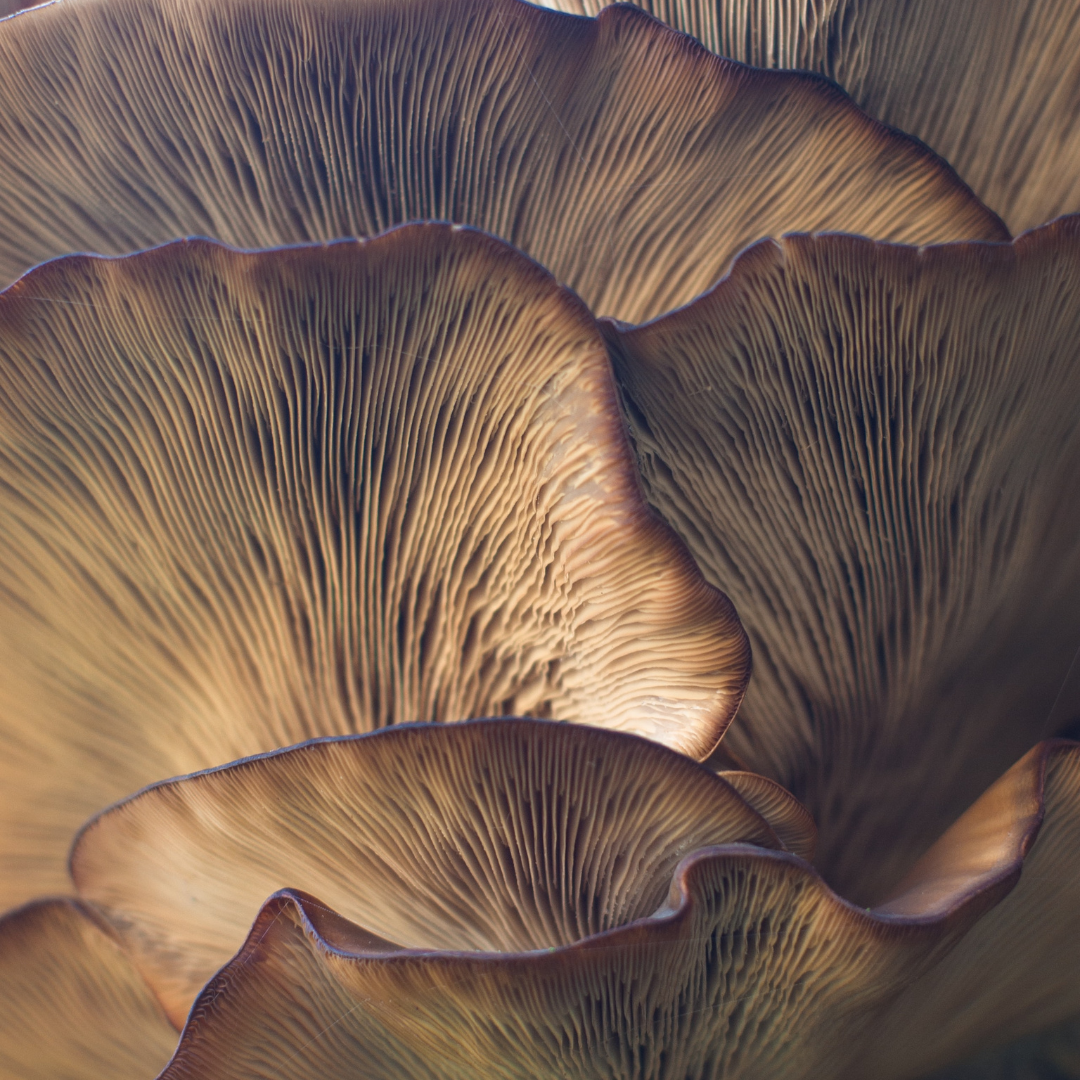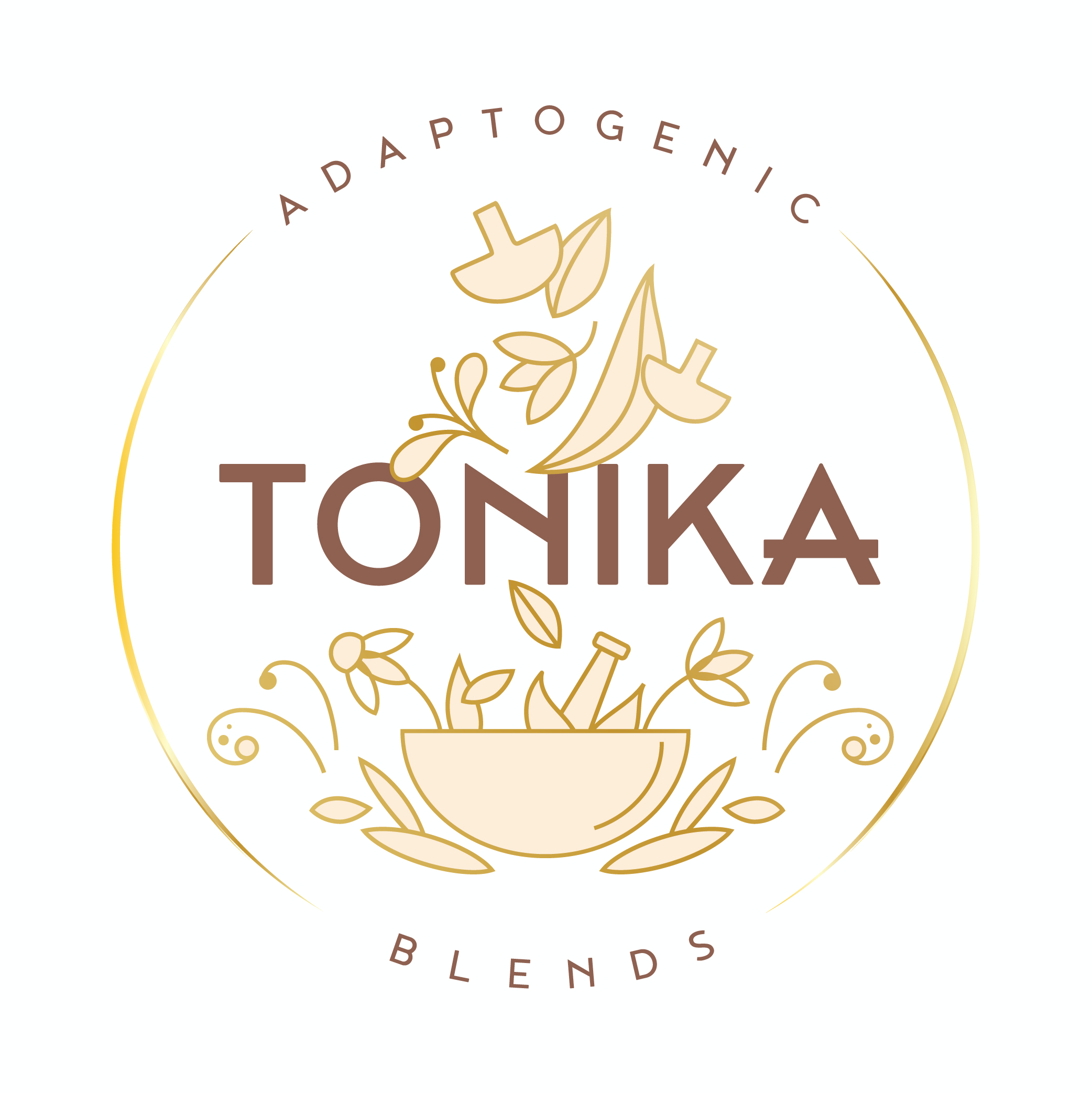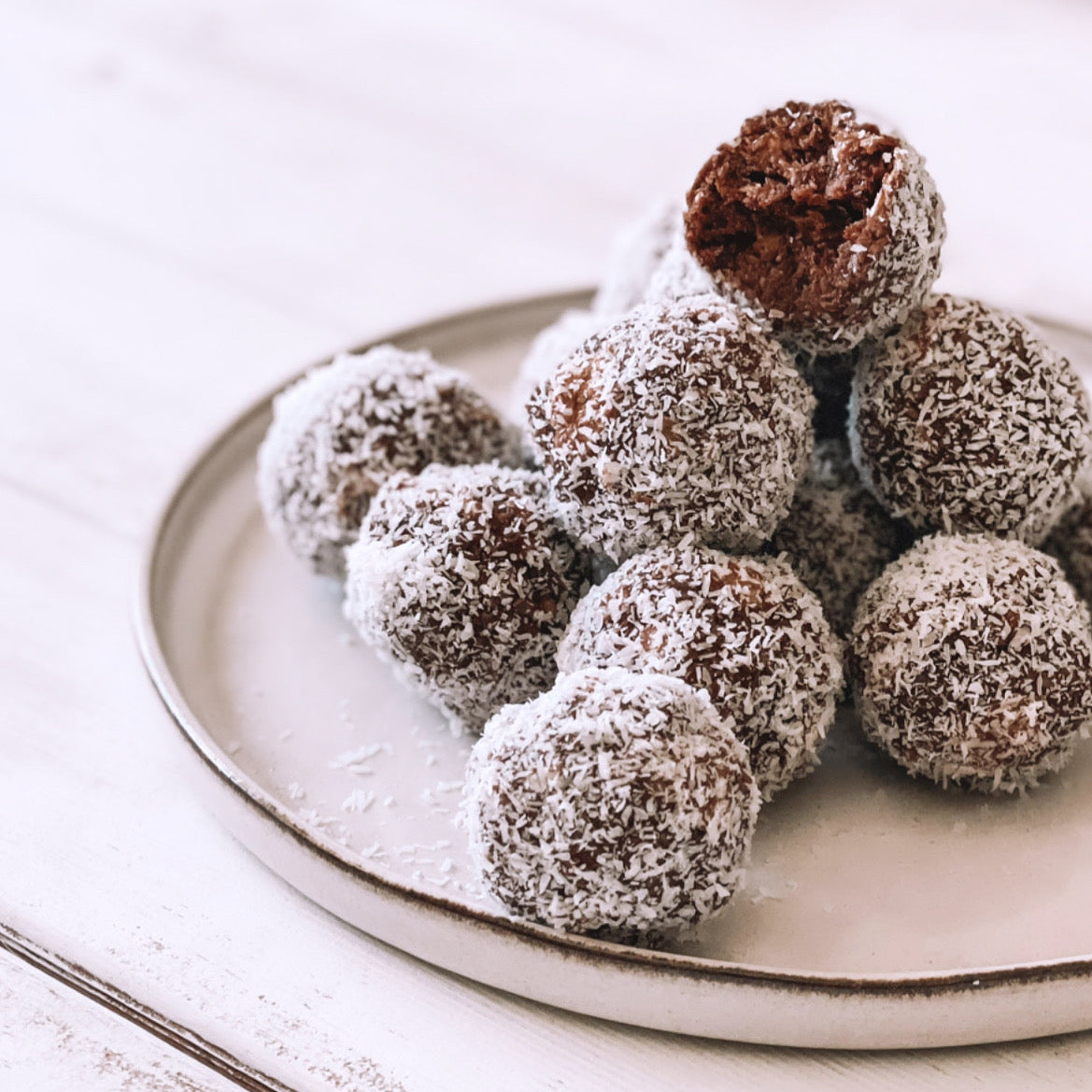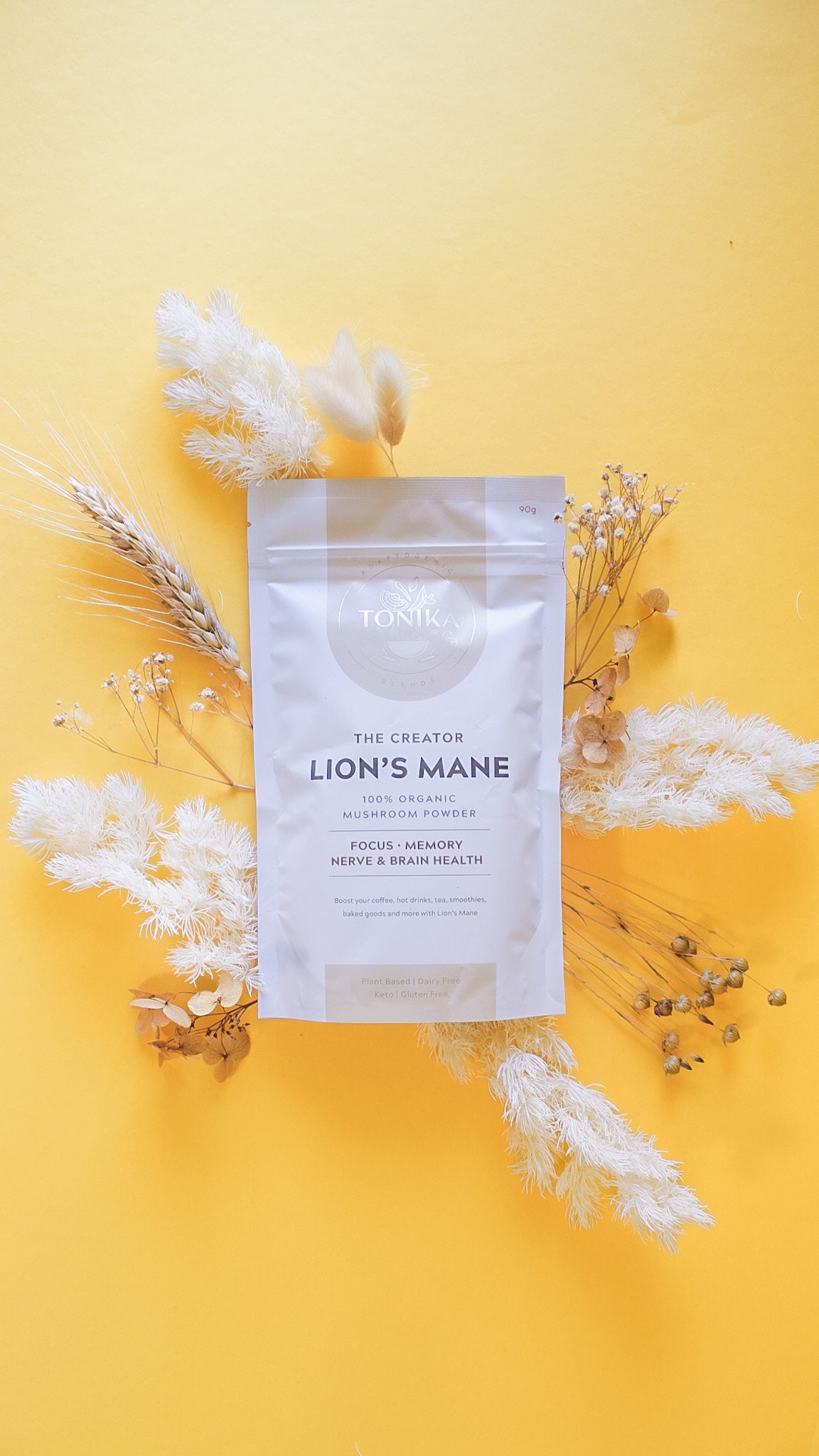
Debunking The Mushroom Fruiting Body and Mycellium Debate
Mushrooms are gaining some serious traction in the Western World and for very good reason – they are making people feel good. People are increasingly seeking ways to improve their health and well-being and as a result, the nutritional supplement market has become flush with products of all types—including numerous mushroom powders, mushroom capsules and mushroom extracts.
Upon researching the benefits of functional mushrooms, and how to take advantage of them, you've probably come across the "mycelium vs. fruiting body" debate. You likely have questions such as: Is one more beneficial than the other? Should I be consuming supplements that make use of the whole mushroom?
My belief is, we are all made up differently and therefore it is not one blanket approach for taking mushrooms in your diet, choose the mushroom and the form that suits YOU best.
But let’s start with the basics,

When deciding which functional mushroom products to purchase, it's best to be as informed as possible.
The stalk and cap that come to mind when you think about a mushroom are called the fruiting body; they comprise the organism’s reproductive structure. Below the surface, however, is a web of mycelial fibres that support and produce the fruiting body. Each of these structures has its own function in a mushroom’s life cycle. They also have some unique benefits for those seeking to get the most from a mushroom supplement.

While the fruiting body is the most recognizable part of a mushroom, the belief that it is the only part with any value is incorrect. Consider Lions Mane for example, which is known for having nutrients that support nerve health and brain function. Research has shown that there are distinct compounds in the fruiting body and the mycelium. The benefits of consuming lion’s mane are greatest when one consumes both parts of the mushroom, rather than one or other.
In a study to determine the effects of compounds found within lion’s mane (hericium erinaceus), hericenones were isolated from the fruiting body, and erinacines isolated from the mycelium. Below are the findings from the study:
The compounds were found to promote nerve growth factor (NGF) biosynthesis in the observed rodents’ cultured astrocytes (cells in the central nervous system). By isolating and testing each compound’s effect individually, researchers discovered that while the amounts of NGF secreted into the medium in the presence of the compounds from the mycelium were greater than those from the fruiting body, both had a noticeable impact.
From this study, it can be inferred that the greatest NGF support occurs when compounds from both the fruiting body and mycelium are combined.
So, let’s dive into debunking the Myths About the Mycelium vs. Fruiting Body debate.
Myth #1: Products containing the mycelium are just “a bag of rice or oats”
While some mushrooms are cultivated on an edible substrate of organic rice or oats, that does not mean that the finished product contains rice or oats, at least not in the same form. As mushroom mycelia (the plural of mycelium) grow, they feed on and break down the nutritive substrate of the oats. Oats nourish the mycelia as they progress to the next stage of development. By the time the whole mushroom—fruiting body and mycelium—are harvested, the oats have been completely digested.
Myth #2: The fruiting body alone is the most beneficial part of the mushroom
When we think about a mushroom, most picture the fruiting body, which consists of the stalk, cap, and gills (see diagram above). However, under the surface, there is a root-like structure called the mycelium. Both the fruiting body and the mycelium contain beneficial bioactive compounds. In some cases, like with the lion’s mane mushroom, these compounds are exclusive to either the fruiting body or the mycelium, so getting the full benefit requires the consumption of both parts (extended notes in previous paragraph).
Myth #3: The mycelium alone is the beneficial part of the mushroom
While a mushroom’s mycelium contains a wealth of beneficial substances, some bioactive compounds are unique to or more plentiful in the fruiting body. The reishi mushroom provides a good example. The mature fruiting body contains higher levels of triterpenes, compounds that support the body’s immune system and response to inflammation. Getting the full benefit of these antioxidants occurs when the fruiting body, as well as the mycelium, are consumed.
Myth #4: A mushroom extract is superior to a whole mushroom product
Many mushroom extracts undergo a single or dual extraction process in water or alcohol to capture specific chemical compounds. During the extraction process, specific compounds may be captured but other nutrients that are often found within the whole mushroom may be lost with the strained solids. If certain specific nutrients are desired, an extract may be an acceptable way to access them.
Mushroom powders, however, undergo less processing when the whole mushroom—mycelial biomass and fruiting body—is dried and powdered. More nutrients, including prebiotic fibre, remain available since the mushroom’s original qualities are preserved. With less processing, mushroom powders provide a broad range of bioactive compounds.




Leave a comment
This site is protected by hCaptcha and the hCaptcha Privacy Policy and Terms of Service apply.